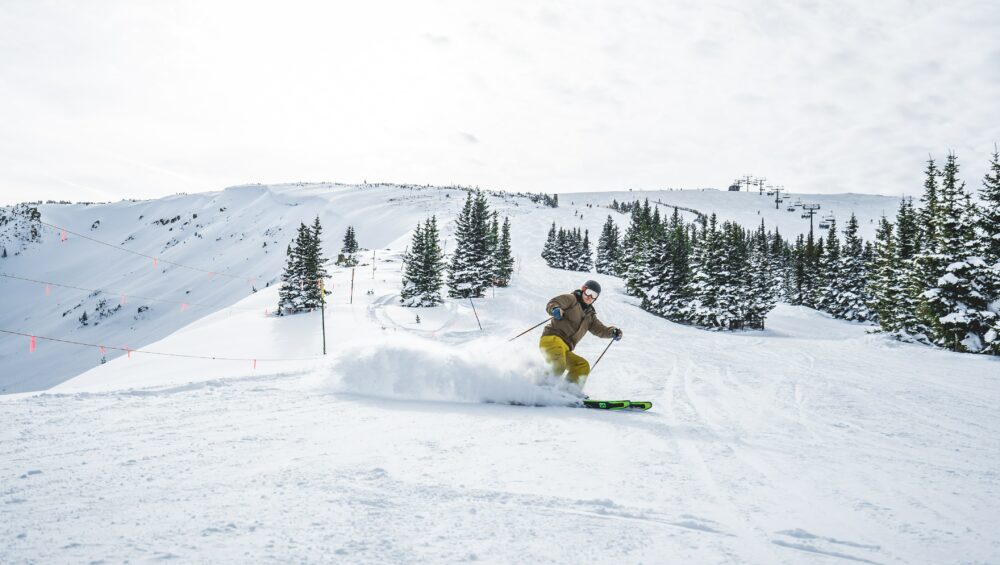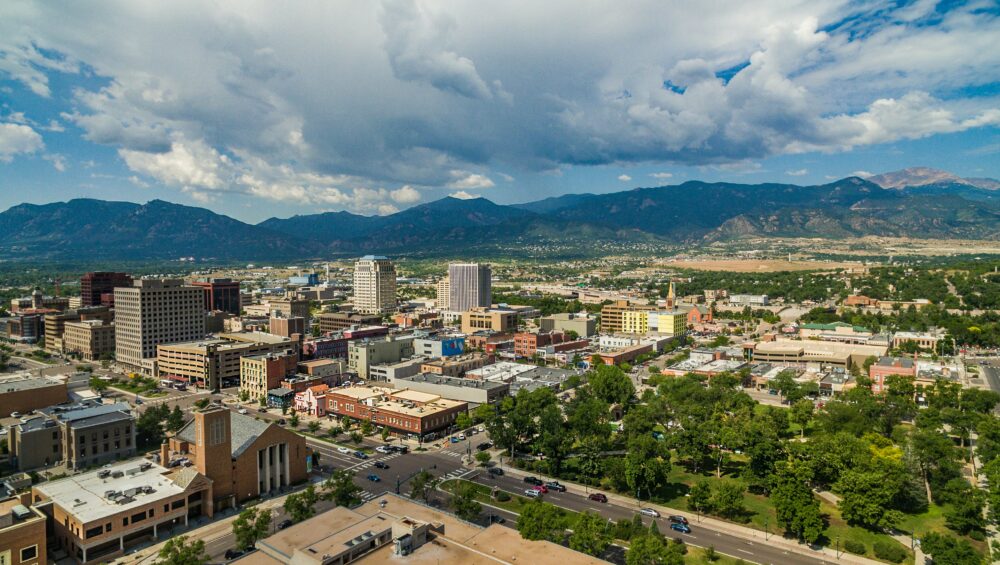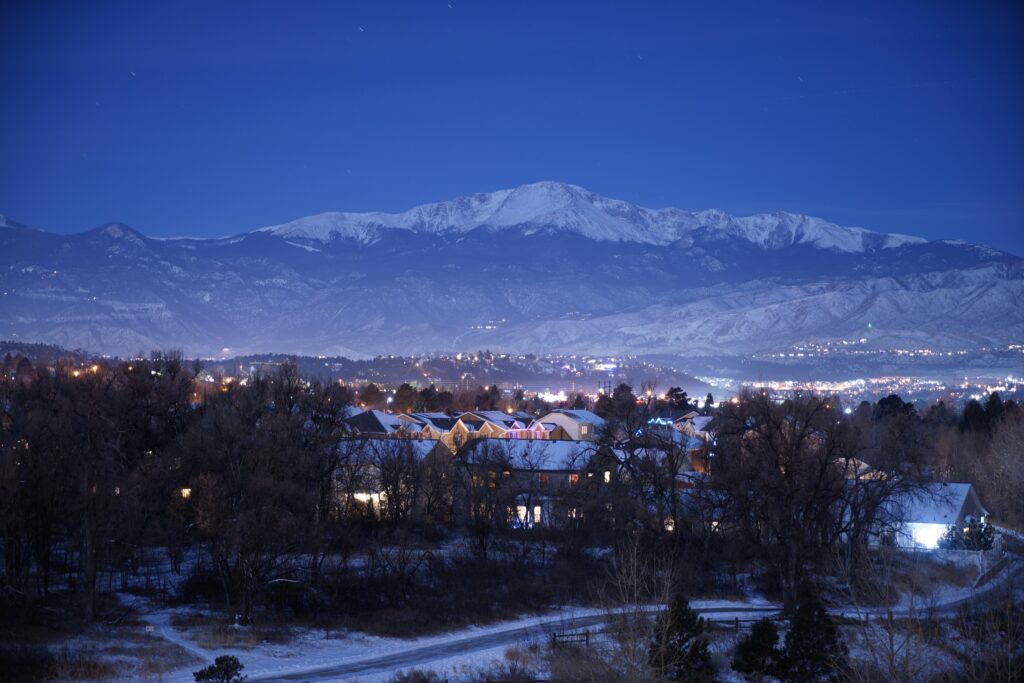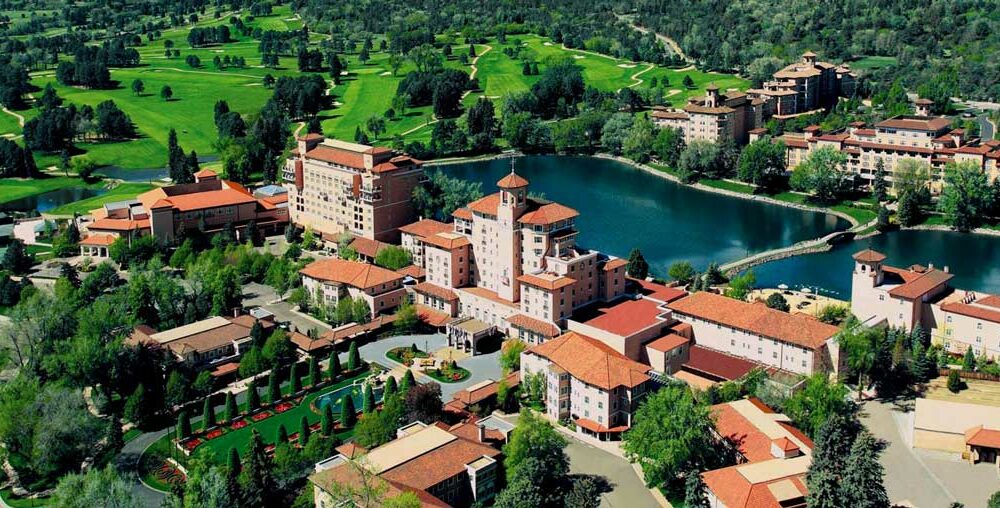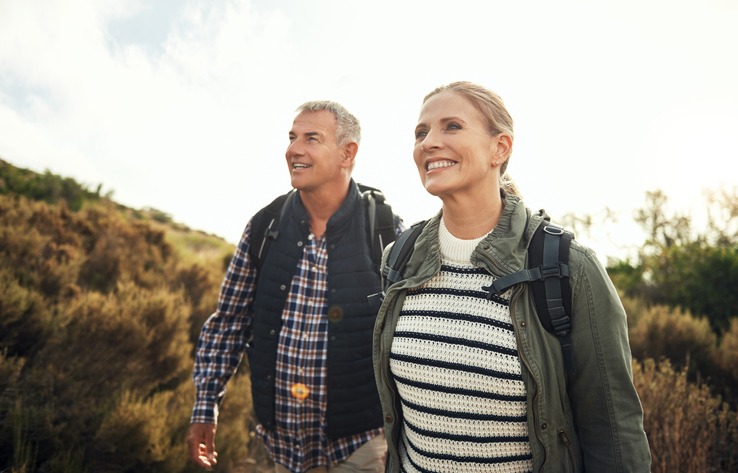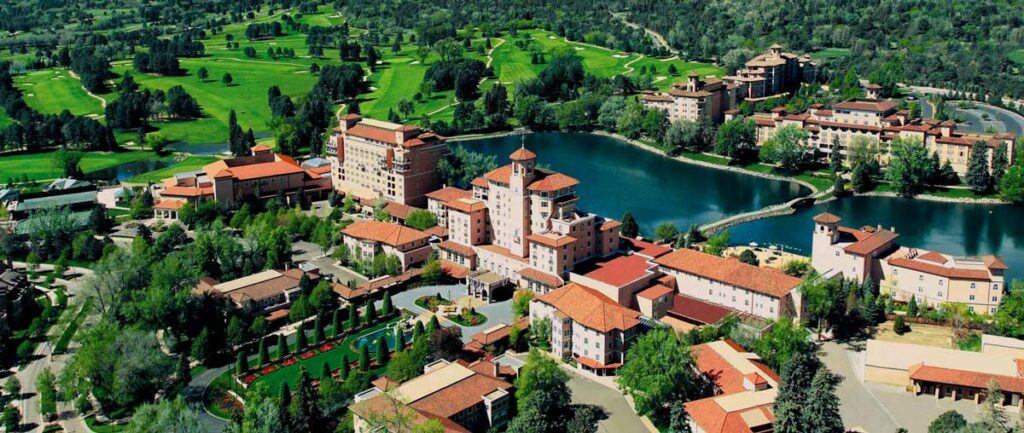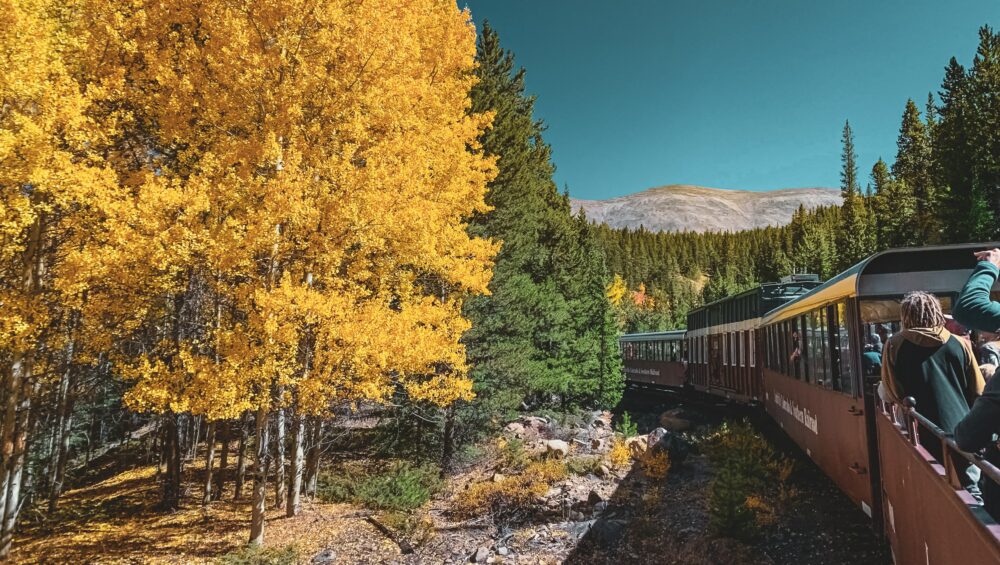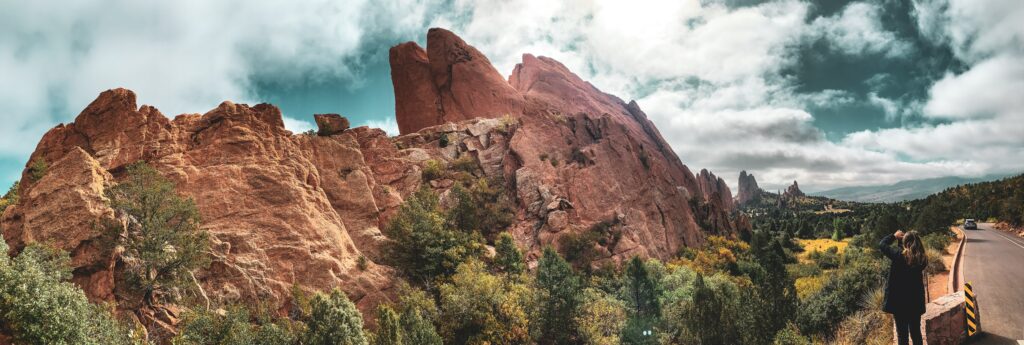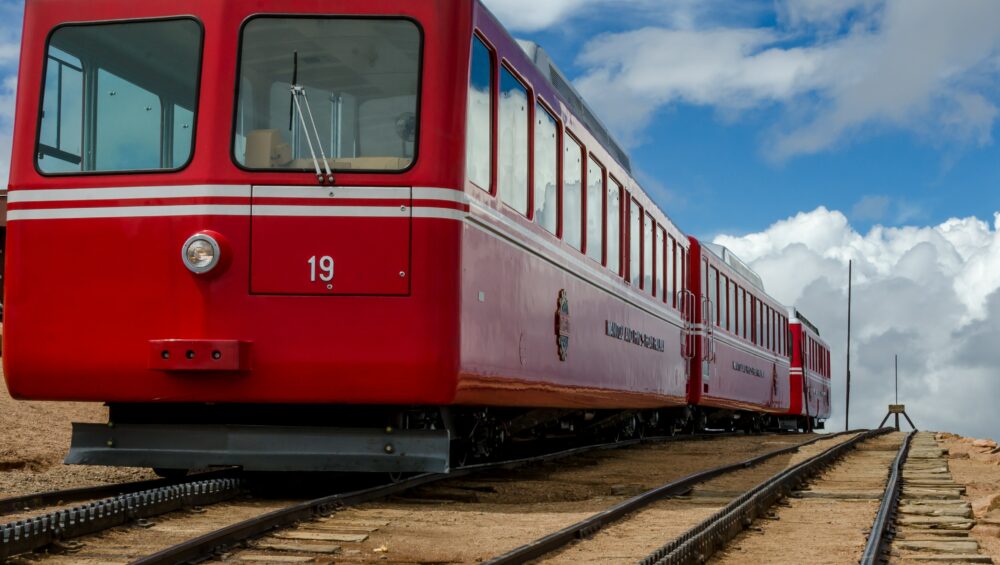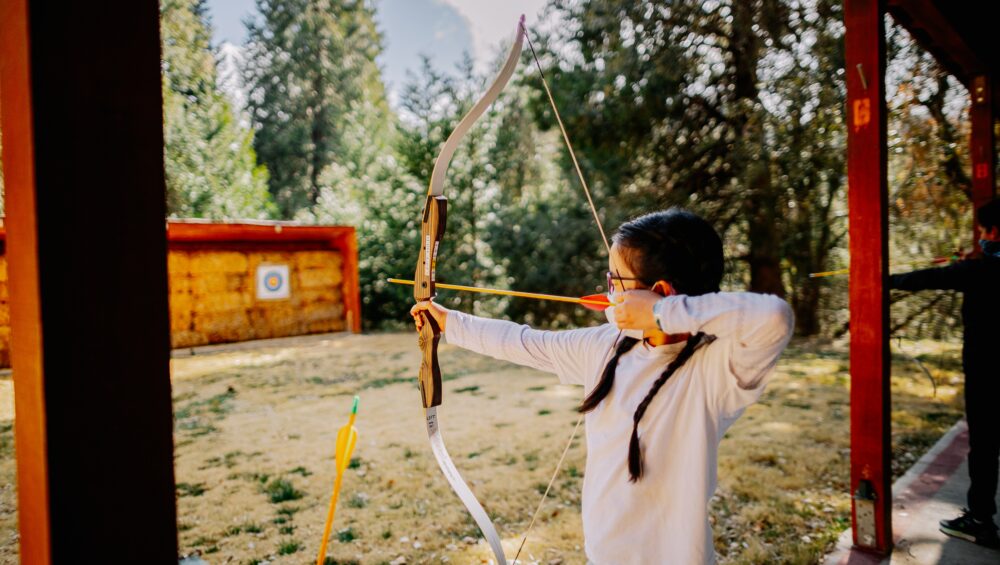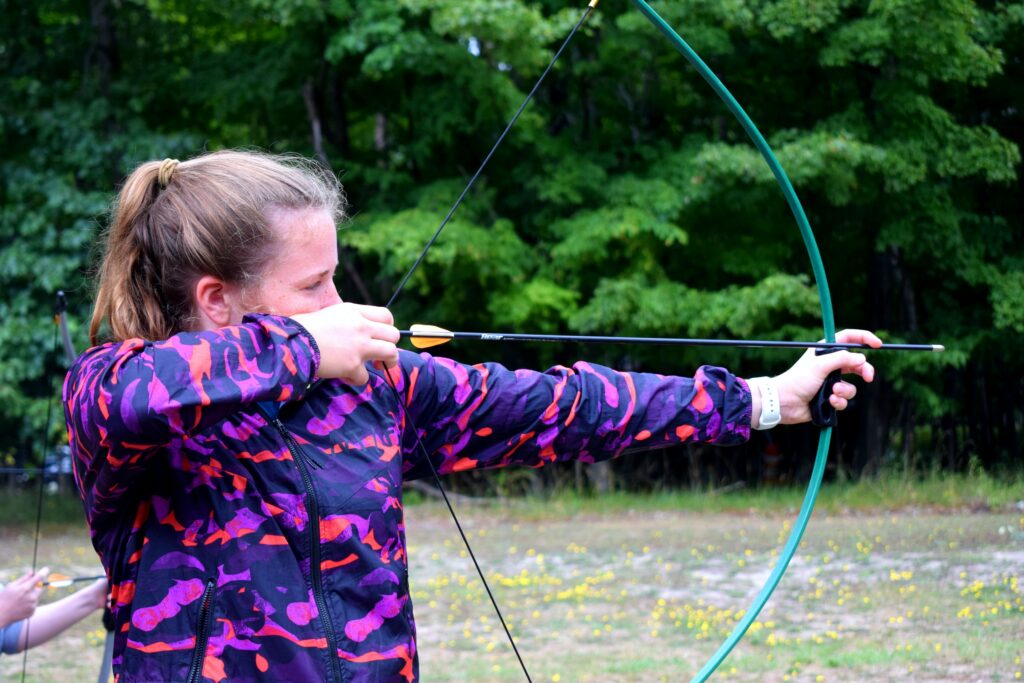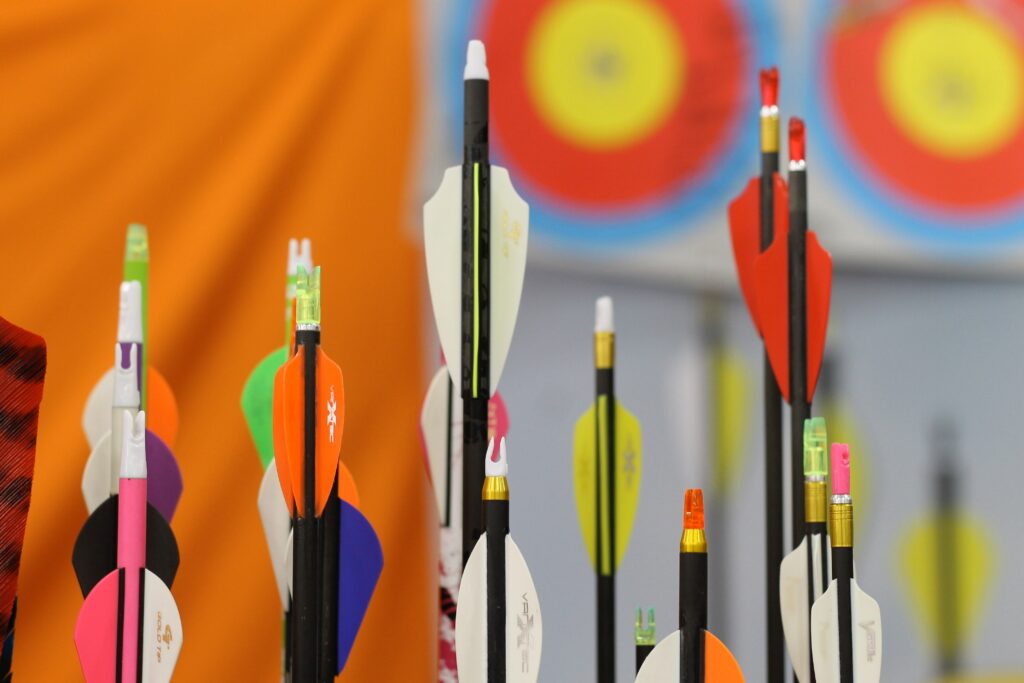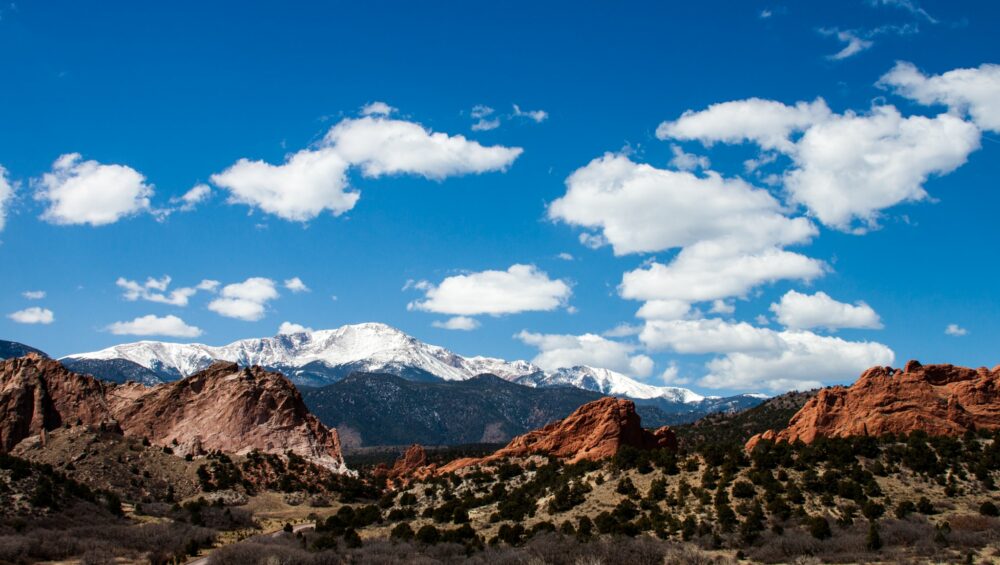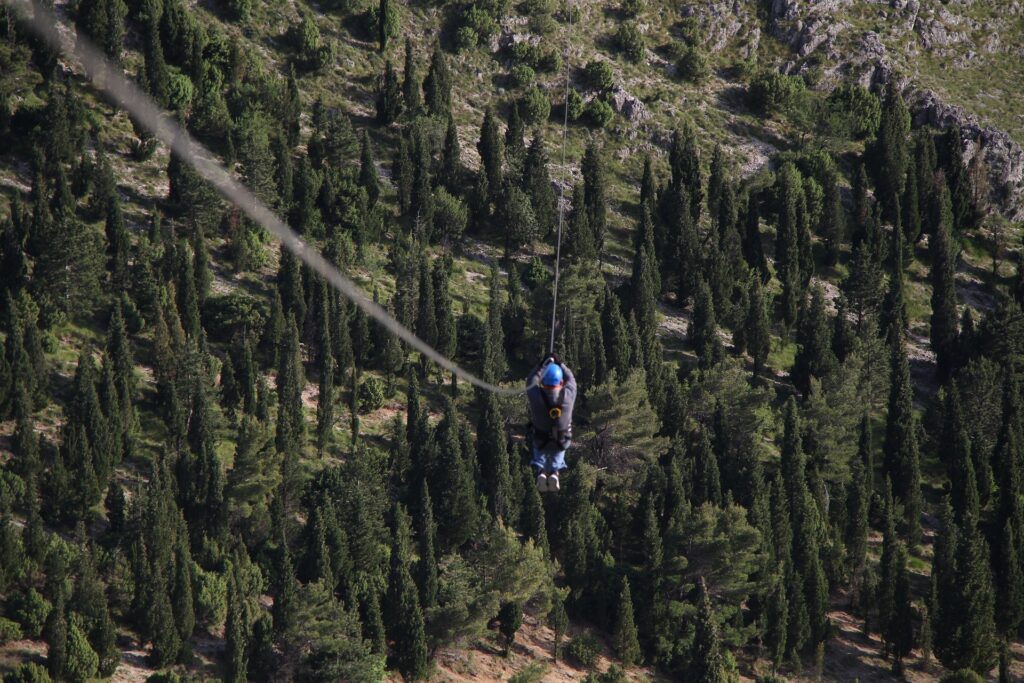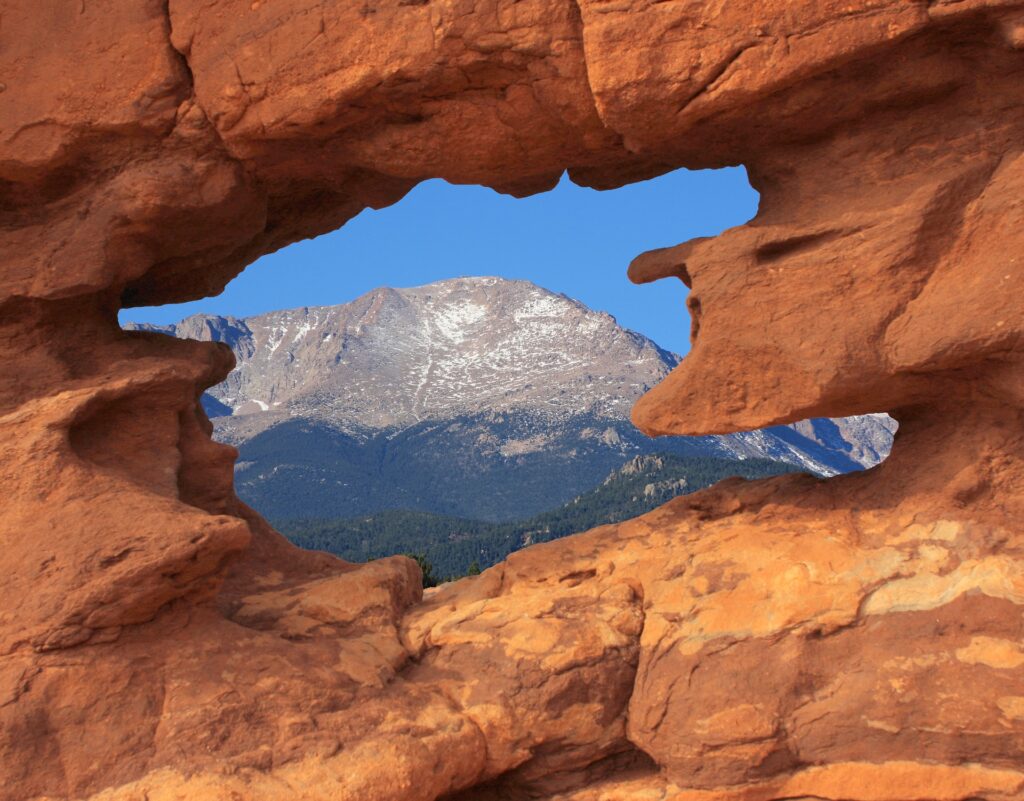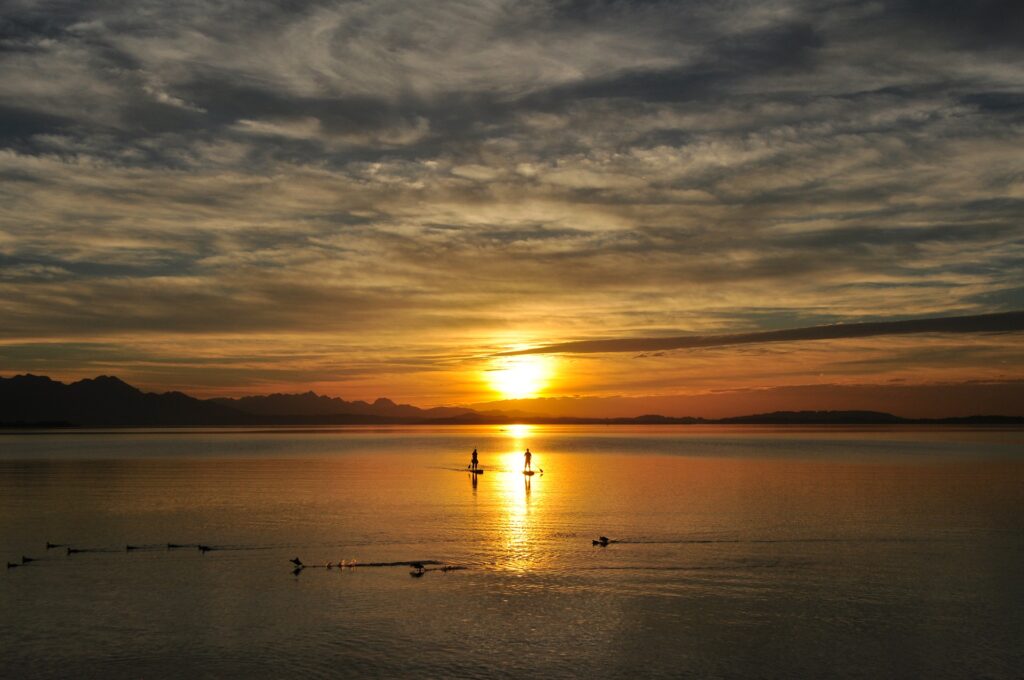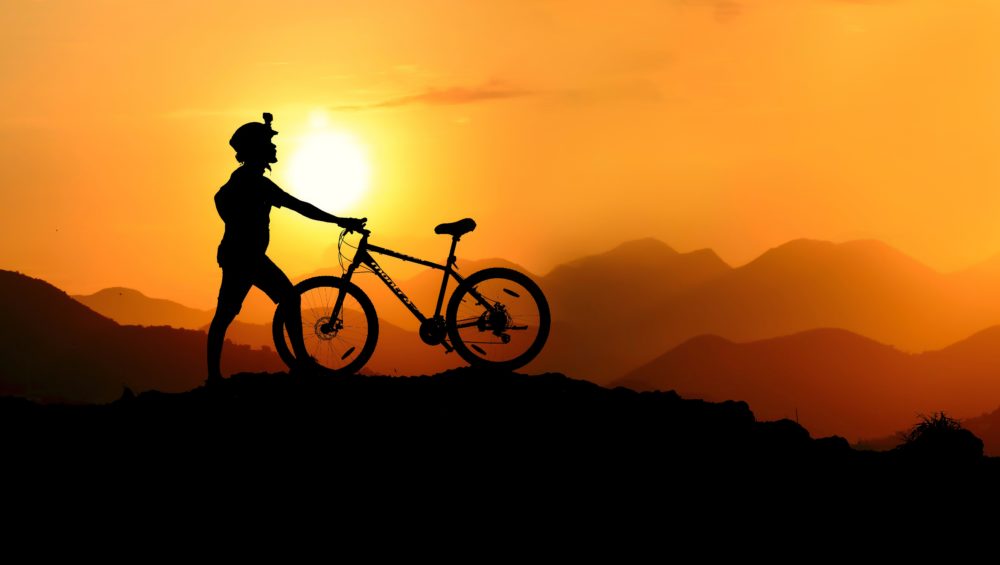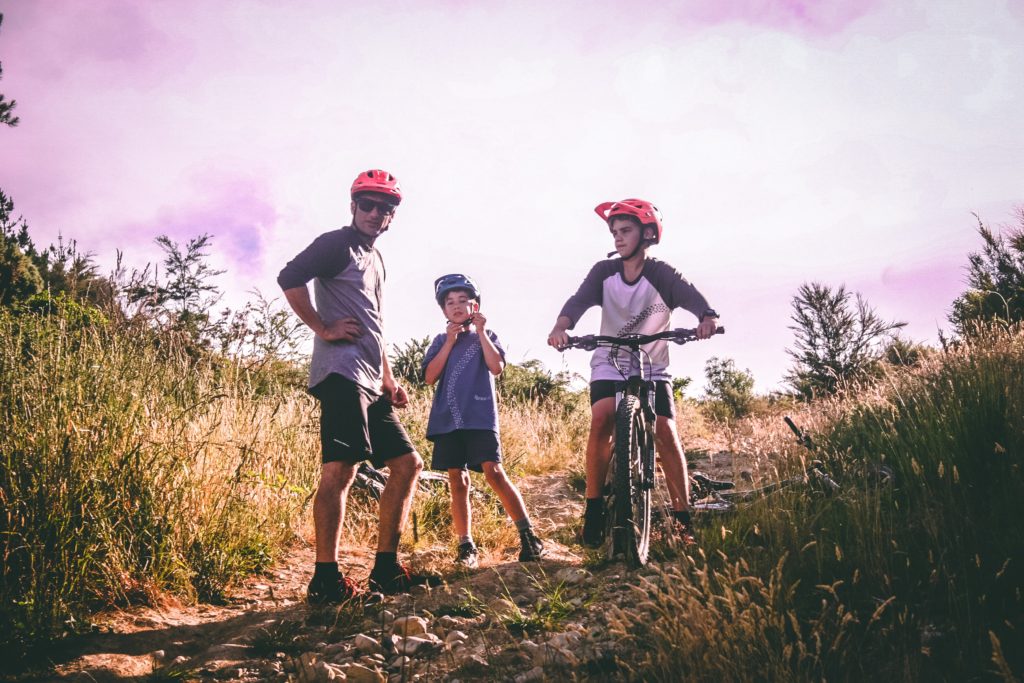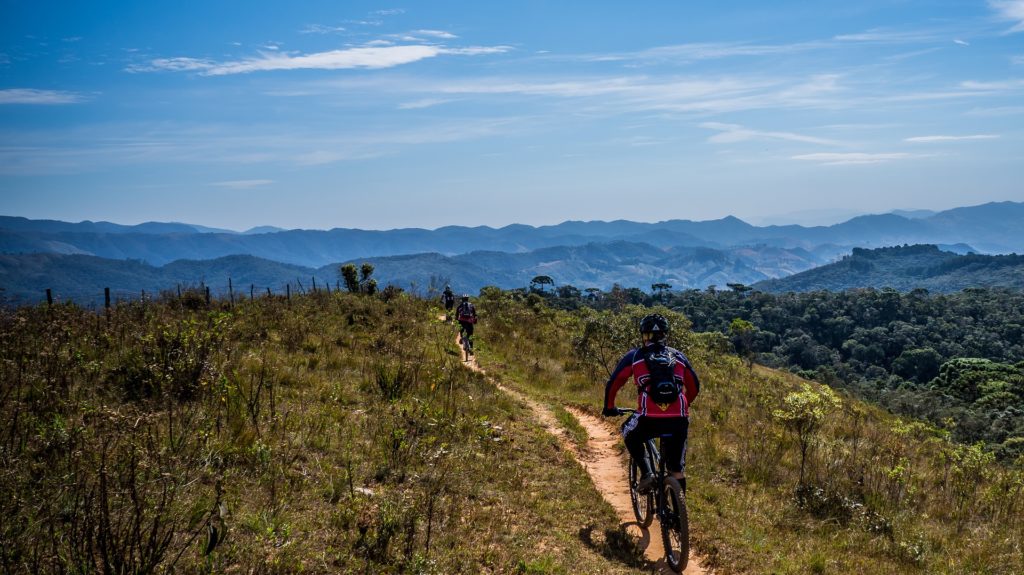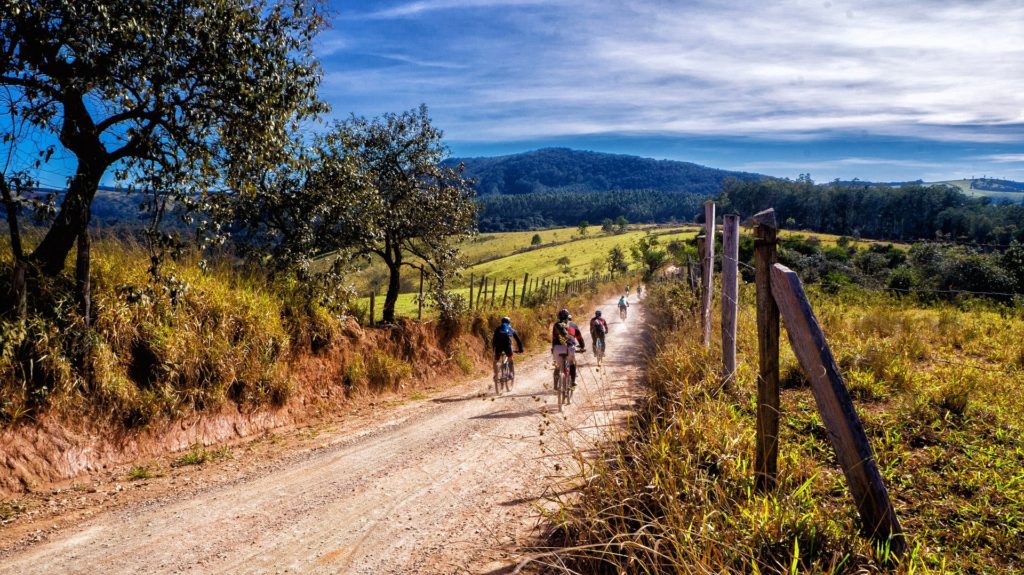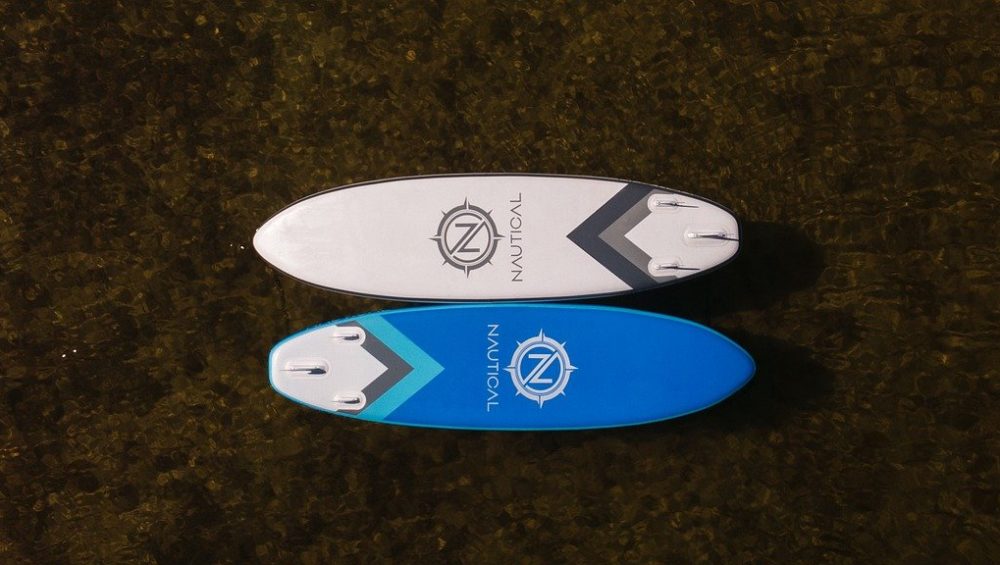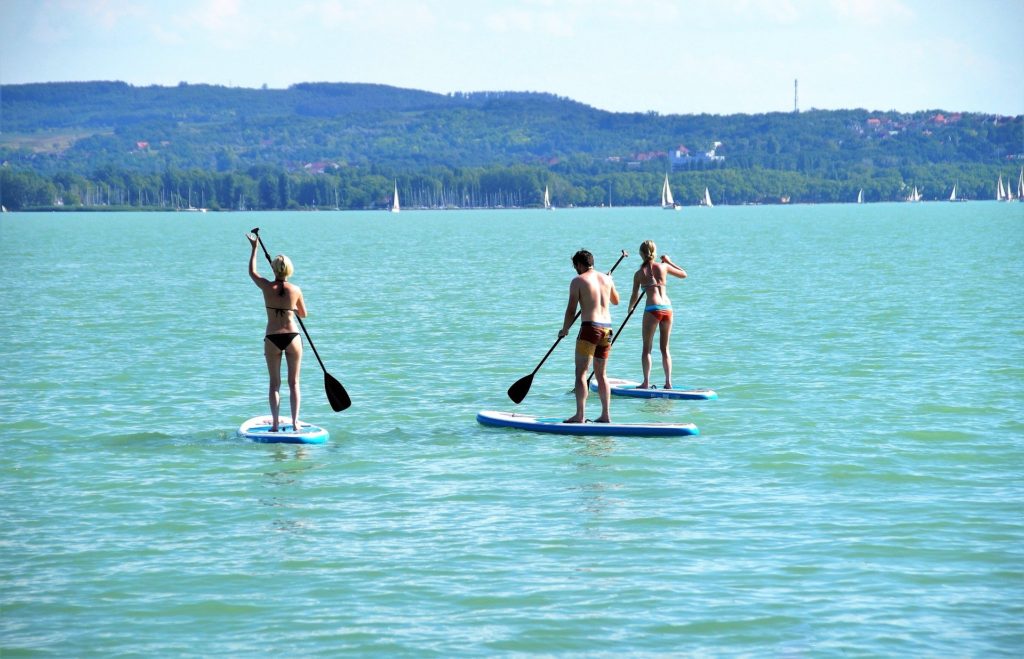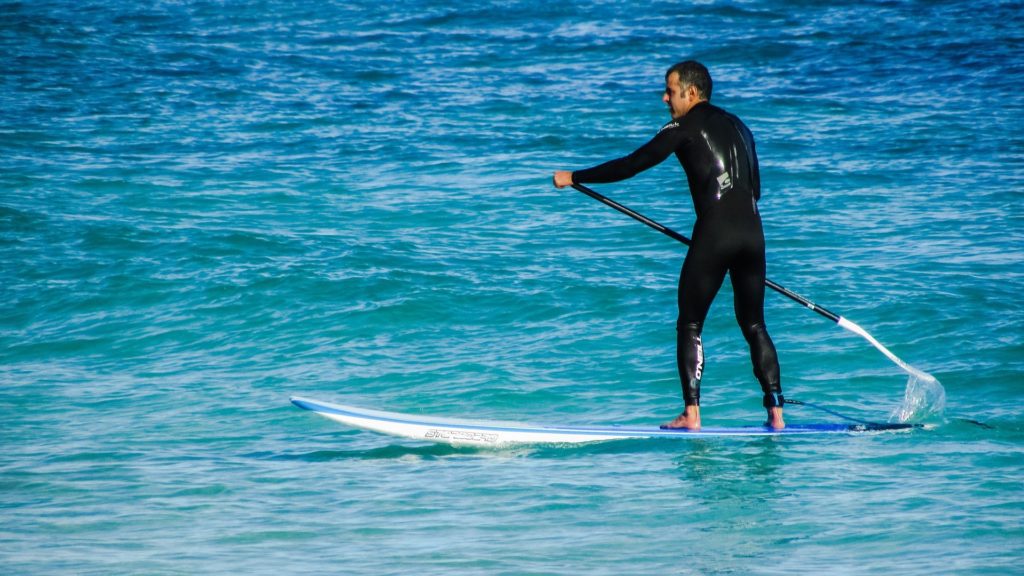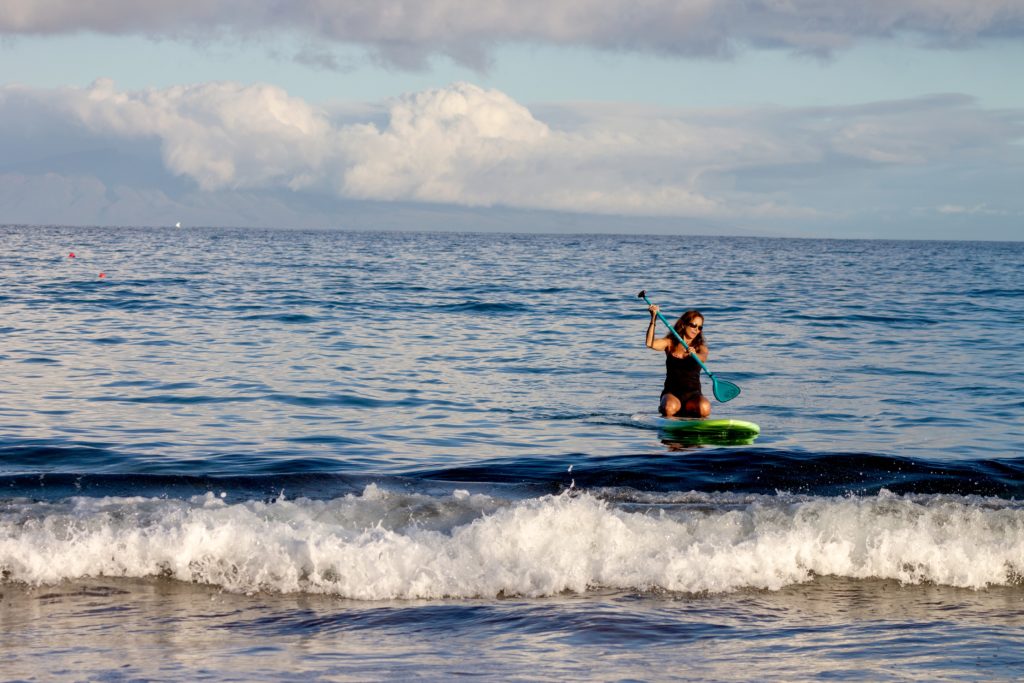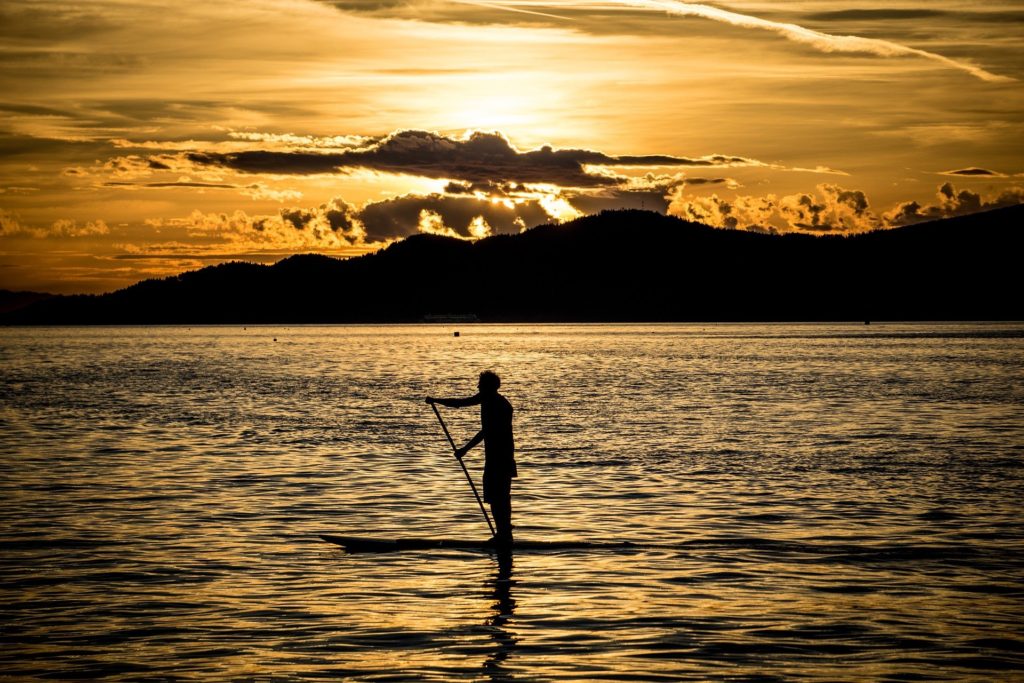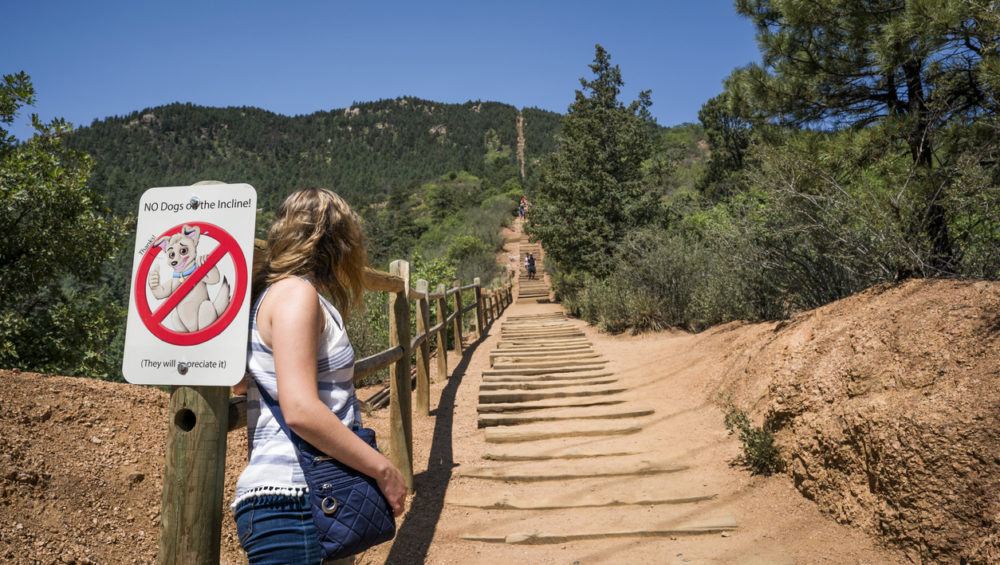The days are getting shorter, and the cold is settling in. It’s time for a lot of people to head inside, get cozy, and wait for the spring thaw to come around. While they’re all inside, many others have a single thing on their mind: skiing.
Skiing in Colorado Springs is one of the greatest parts of living in the great state of Colorado. The number of bluebird days is unbeaten by anywhere else in the US, and the snow seems to keep coming.
So instead of preparing to hibernate, most of us know that it’s time to prepare for ski season. With a ski season that can easily run from mid-October to May, it can seem like you were just on the slopes yesterday. It’s important to remember that there’s still a lot to get done before you can comfortably and safely get back out this year.

Get your lift ticket, and get it early
The first step in getting ready for ski season is ensuring that you’ll have a spot on the lifts. Season passes can get picked up quickly, especially in the early months when prices are low. The best move is to decide when exactly you will be skiing.
Will it be weekends only?
How about the weekdays?
Are you just getting out for Christmas vacation?
The amount of time, especially what days of the week that time falls on, will greatly influence the pass that will work best for a skier or snowboarder.
Weekday season passes will be significantly cheaper than passes that can get you on all week long.
Day passes tend only to be good if you’re only going to a resort a few times in a year.
Season passes quickly pay for themselves if you use them regularly.
The most popular passes in Colorado these days are the Epic and Ikon passes. They have a few significant differences but are both well-known for getting you powder days at resorts across the West. The best option depends on the mountain that will be your go-to.
The prices of season passes can be a huge turnoff that can feel discouraging. When the season hits, though, if you don’t have a season pass, you will second guess spending money every time you want to go ski. Having that season pass allows for freedom and guilt-free (or at least low-guilt) skiing throughout the entire season.

Get your gear in proper, working order
The second major step necessary to get ready for ski season is to make sure all of your gear is as ready for the snow as you are. Skis left sitting in a garage for months on end after an entire season will need some tender loving care before getting back on the slopes. It’s often easy to get your skis tuned up by a professional. It isn’t too expensive and will make a world of difference.
If you’re looking to do the job yourself, it’s a difficult skill to pick up but easy to do once you know the basics. A general tune-up will have your skis back with sharpened edges, smoothed-out bottoms, and a full wax job.
Next up is to make sure your boots still fit and seem to be in good condition. If they’ve been stored away deep in a crawlspace, mice may have used them as temporary housing over the summer, and new liners will be a necessity. Freak growth spurts can also happen, or sometimes the boots need to be remolded to fit your feet. Try them on and make sure no surprises come up when opening day rolls around.
What about renting gear?
When skiing is just a now-and-again hobby, it can be a bit ridiculous to carry skis around everywhere you go and keep paying to tune them before the ski season. If you aren’t skiing continuously throughout the year, renting gear can have huge advantages over having your setup.
Renting gear means not having to worry about what happens when you hit a rock, bust a binding, or start to feel the wear and tear happening. You return skis to where you rented them from, and they’re the ones who have to fix them. It’s the best and kindest practice to treat rental gear with love and care, but accidents happen.
When you own gear, the investment can be worth it to get skis and boots that are more personalized to your skiing style. Certain skis fit the different types of skiing that some people do, but most beginners won’t be able to tell the difference. Owning your gear is like buying a house. Everything that the landlord used to take care of, a leaky faucet or busted heater, is now your responsibility. Every scratch that makes its way onto your skis stays there until fixed by you.
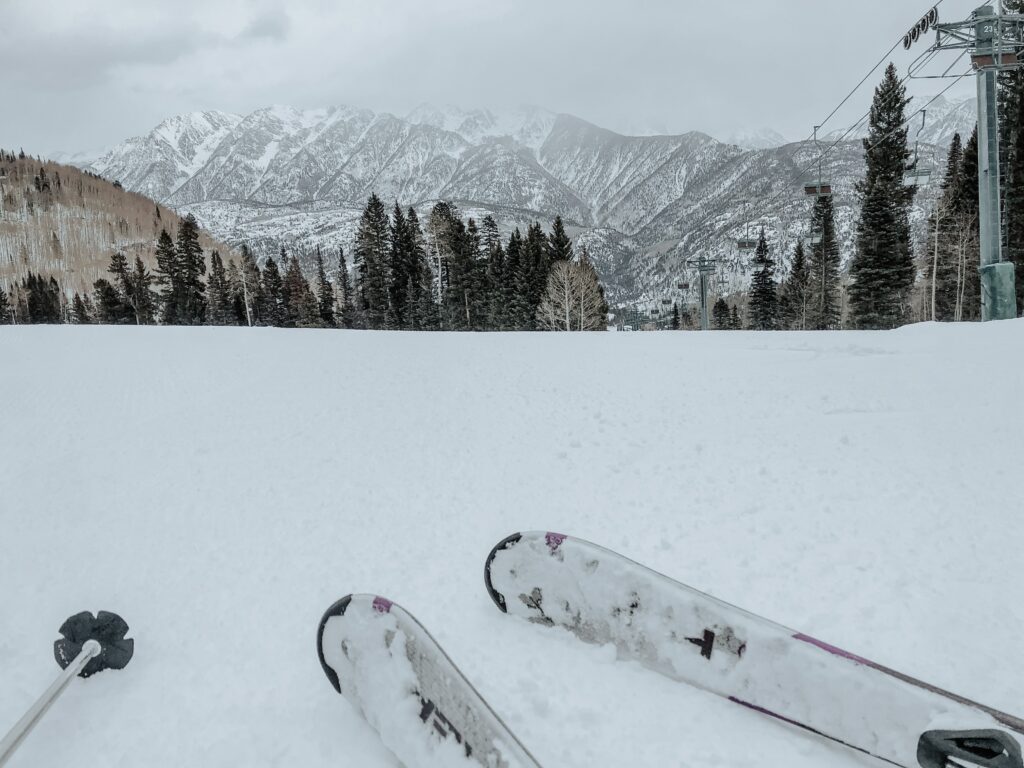
Get your body moving and back in shape
One of the easiest things to get out of shape and need some lubrication in its joints is your body. Six months off can quickly get anyone out of shape if they aren’t constantly running or doing some summer exercise.
Skiing is far more physically demanding than a lot of people imagine. Even when it’s only downhill, the amount of strength required in your entire body is impressive. The best way to avoid getting injured early on in the season is to go in prepared.
Set a workout routine that can be followed for a reasonable amount of time before opening day. It will help your body remember what it’s like to move and groove again. There’s no shame in taking the summer off, but there’s no good reason to slack off when winter hits.
It doesn’t even need to be an extreme workout. Adding some lunges, burpees, and crunches into your daily routine can be enough to remind the body of what you’re about to ask it to do. Fifteen minutes a day can save an entire ski season from being ruined by one silly mistake.
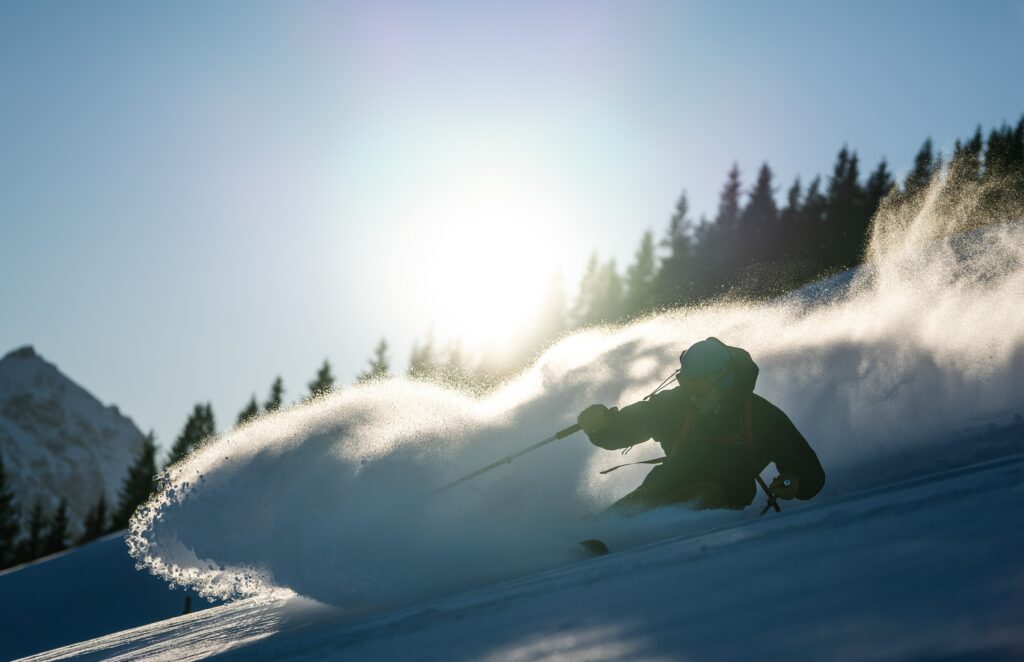
Prepping for Ski Season in Colorado Springs
Getting ready for ski season can often bring up a lot of questions. This is especially true if it’s the first year you have chosen this wonderful city as your base, or if you’ve never skied before. From lessons to opening days, finding all of the answers can be a difficult task.
Here is a quick FAQ to help get everything straight and help to make sure that ski season comes smoothly this year.
Where to ski in Colorado Springs
While there isn’t much resort skiing right outside Colorado Springs, there is plenty of incredible skiing within a quick drive. Monarch Mountain, Cooper, Copper, Breckenridge, Keystone, and more are reachable in less than three hours. It makes Colorado Springs a great hub for getting to loads of different resorts easily.
When do the resorts in Colorado Springs open?
Resorts across Colorado have varying start dates, mainly due to their location and snow accumulation. Some of them open as early as mid-October, but some won’t be open until December. For current, up-to-date projections for opening, check out each resort’s website. You can find a general projected opening date here, but it may not be the most accurate.
Where can you get your skis tuned up?
There are many different places to get your skis tuned within the city limits of Colorado Springs. It makes sense, as so many people choose to live here to have world-class skiing easily accessible. The Ski Shop, Christy Sports, and Colorado Kite and Ski are all popular places to get your skis fixed up in town. There are plenty of other shops that will leave you ready for the season; check out Google or ask around town.
Can you rent or buy skis in town?
Like we’ve already mentioned, people live to ski in Colorado Springs. It’s a town that’s made to have skiing accessible, and that means being able to buy just about any skis you can imagine or renting a full downhill or touring set up the day you need it.
Where can you get lessons?
Typically, the best move is to get lessons at the resort you are planning on skiing at. They have lessons for all experience levels and ages and run for different lengths of time. Be sure to arrange lessons ahead of time because the classes can fill up quickly, especially on busy holiday weekends.

